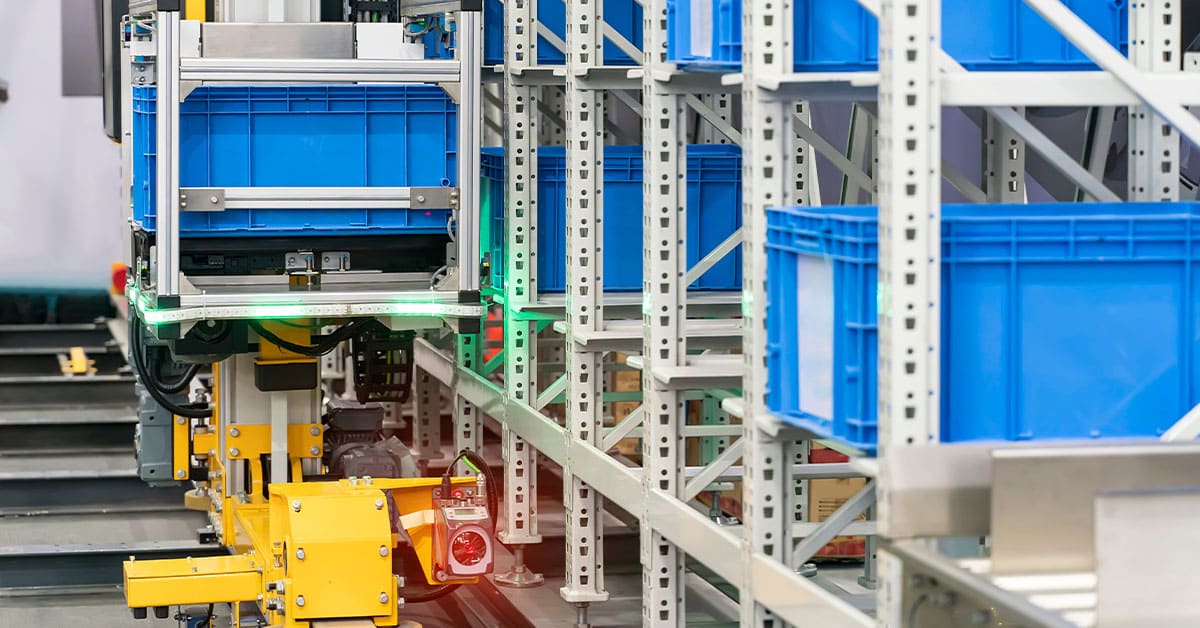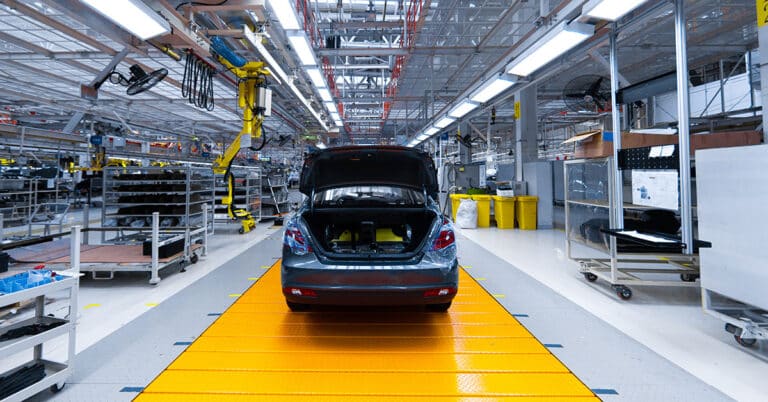As part of the drive to improve factory productivity, uptime and cost-effectiveness, MRO is a key area on which manufacturers must focus. MRO — short for maintenance, repair and operations — impacts almost every area of the plant. It covers every component and piece of equipment that contributes to and supports the manufacturer of an end product.
As we look at MRO trends for 2024, data-driven technologies are poised to move to the forefront of optimization plans for the future, supported by the onset of 5G technology and increased adoption. MRO has long been an analog, manual process, even in our thoroughly digital age. In this piece, we will look at the MRO industry trends that are bringing this critical part of the business in line with other digital advances that help personnel do their jobs more effectively while yielding benefits to the bottom line — benefits that are more important than ever in today’s industrial landscape.
Bringing MRO into the modern day — 2025 trends
MRO trends can apply to nearly any area of the factory — the breadth of which can make improvements seem overwhelming or difficult to manage. To help narrow the field, we will focus on developments in three core areas: MRO parts repair trends, storeroom/inventory management trends and trends in supply chain management. These sections can make a major difference to your bottom line and are among the easiest to address. The anticipated MRO trends for 2024 are:
- Smart equipment technology to track performance and maintenance needs: Prior to the introduction and widespread use of sensors and smart equipment, maintenance followed a predictable routine. Preventive maintenance was carried out per manufacturer recommendations, parts were repaired when they broke down and inventory managers tried to keep enough components on hand to meet maintenance needs. As a result, numerous inefficiencies were introduced. Preventive maintenance meant that parts might be replaced earlier than necessary, reactive repairs led to excessive downtime and inventory guesswork often led to too much stock or not enough. Now, as sensors and Internet of Things (IoT) technology become more accessible and inexpensive, manufacturers are better able to track equipment performance and maintenance needs, vastly reducing or eliminating the cost inefficiencies of outdated routines. These data-based methods allow manufacturers to identify and plan for maintenance, repairs and replacement before visible defects occur — or impact operations — in effect, transforming the MRO process to be more proactive and efficient.
- Storeroom strategies: With your focus rightfully on improving and refining your products, it can be easy for some critical aspects of your processes to fall by the wayside. One of these is proper storeroom management. However, by shifting the paradigm to make storeroom excellence a priority, you can gain a significant competitive advantage. As manufacturers look for any and all ways to get ahead of their competitors, you ignore your storeroom at your own risk.
- Augmented reality comes into its own: Advancements in augmented reality have created a new way for technicians to do their jobs with greater efficacy. With specialized devices, they can see diagrams and instructions overlaid on top of the machinery they service, virtually eliminating the need to refer to hard copies of schematics. This makes repairs and maintenance tasks easier as well as making training simpler.
- Sustainability initiatives: As sustainability becomes a greater concern for manufacturers, many are shifting their MRO focus to repairing parts rather than replacing them. This means fewer resources are consumed and less waste is generated.
- More data, and more ways to use it: As mentioned, data is at the heart of the digital revolution in manufacturing and MRO. As facilities see the benefits of sensors and implement more smart equipment throughout the facility, they should have access to even greater amounts of performance data. The upward curve of this technology promises that more innovation is on the way — expanding and increasing the benefits to all.
- Artificial intelligence: A growing number of operators in the MRO industry have incorporated AI into their processes, and that is only expected to continue throughout 2024. AI-enabled software is being used to analyze information from equipment to spot usage trends and predict when maintenance will be needed. The goal is to prevent unexpected downtime and optimize the efficiency of MRO operations.
- A focus on flexibility: The COVID-19 pandemic continues to create unpredictability in the supply chain, exposing flexibility deficits when shortages and shipping disruptions occurred. The need for innovation and agility in procurement and sourcing remains critical, and digital technology — from data collection and tracking to supply chain analysis — is the most effective way to navigate these challenges.
- New skills and training requirements: The data- and technology-driven tools making an impact on MRO require a skilled, trained workforce that knows how to implement, service, and make use of sensors and other cutting-edge equipment driving these changes. As the skills gap and labor shortage continue to present difficulties in filling these roles, many manufacturers draw upon turn-key workforce solutions to meet their needs.
MRO market growth
One of the most significant trends impacting the MRO sector of late has been its tremendous growth. As more industries seek ways to reduce costs as well as their ecological footprints, the idea of keeping equipment functional for as long as possible has gained prominence.
The MRO industry offers an appealing alternative to costly replacement of components and systems in favor of regular maintenance and repairs. Advancements in technology such as machine health sensors and predictive algorithms have streamlined MRO operations to the point that they have become far more cost-effective and efficient than ever before.
As this market segment continues to grow, the immediate impact will be continued adoption of MRO across all industrial sectors. The effect it can have on virtually all aspects of manufacturing, processing and other facets of industry is expected to drive it to new heights in 2025 and well into the future.
Why digital?
The growing digital trend in manufacturing can be perplexing. How can processes that have been carried out the same way for so long be subject to change? The answer lies in the versatility of digital technology, and the vast benefits that it provides — which cannot be ignored.
Specifically, smart technology is not limited to new equipment. It is deceptively easy to retrofit data-collecting sensors to production equipment, as well as to MRO-specific areas such as the storeroom. This relatively easy implementation, combined with the vast benefits that technology can produce, are two key reasons that it has taken hold. Between the two lies the more difficult challenge — collecting, analyzing and using data to take action. ATS is an industry leader in manufacturing and maintenance technology, including MRO Asset Management solutions.
We draw on our extensive expertise to help you implement a smart technology plan that’s right for you. For more information, contact us today.






